
Neuroscience PhD student at Tel Aviv University. Social neuroscience, trust/belief, misinformation, language and communication. Film enthusiast. 🏳️🌈
https://gabrielbrauncog.github.io/
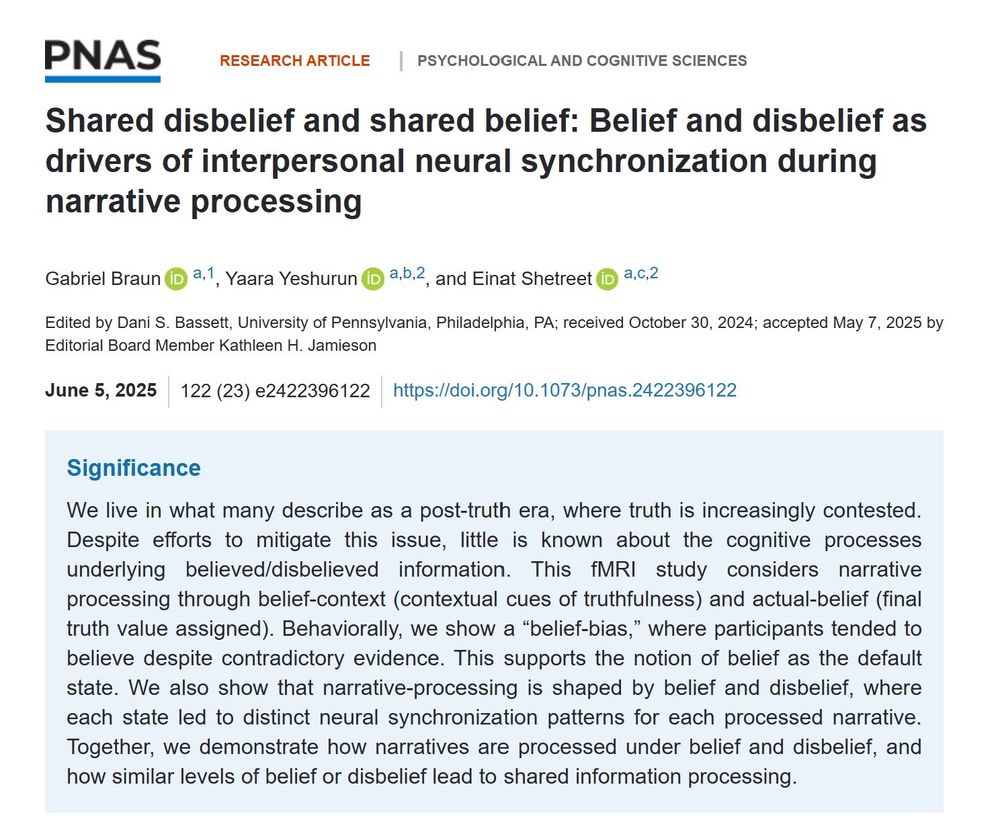
We show how belief and disbelief shape narrative processing in the brain, not just as opposites of a continuum, but as distinct effects, including a cool truth/belief bias.
www.pnas.org/doi/10.1073/...
If you’re interested in how belief and disbelief shape the way we process narratives and information, take a look!
www.pnas.org/doi/10.1073/...
If you’re interested in how belief and disbelief shape the way we process narratives and information, take a look!
www.pnas.org/doi/10.1073/...
This round: 'The Self of Another', inspired by 'The Face of Another'.
This round: 'The Self of Another', inspired by 'The Face of Another'.
www.sciencedirect.com/science/arti...
✅We find that prebunking interventions improve people's ability to discern between reliable & unreliable news without causing undue skepticism!

Ever feel like people who believe the same story are on the same wavelength? Their brains might just be.
Ever feel like people who believe the same story are on the same wavelength? Their brains might just be.
"Continued memory for misinformation, continued trust in the sources that spread it: The effects of language and self-correction".
In my completely unbiased opinion, it’s a very nice and interesting read!
Full paper at: doi.org/10.31234/osf...
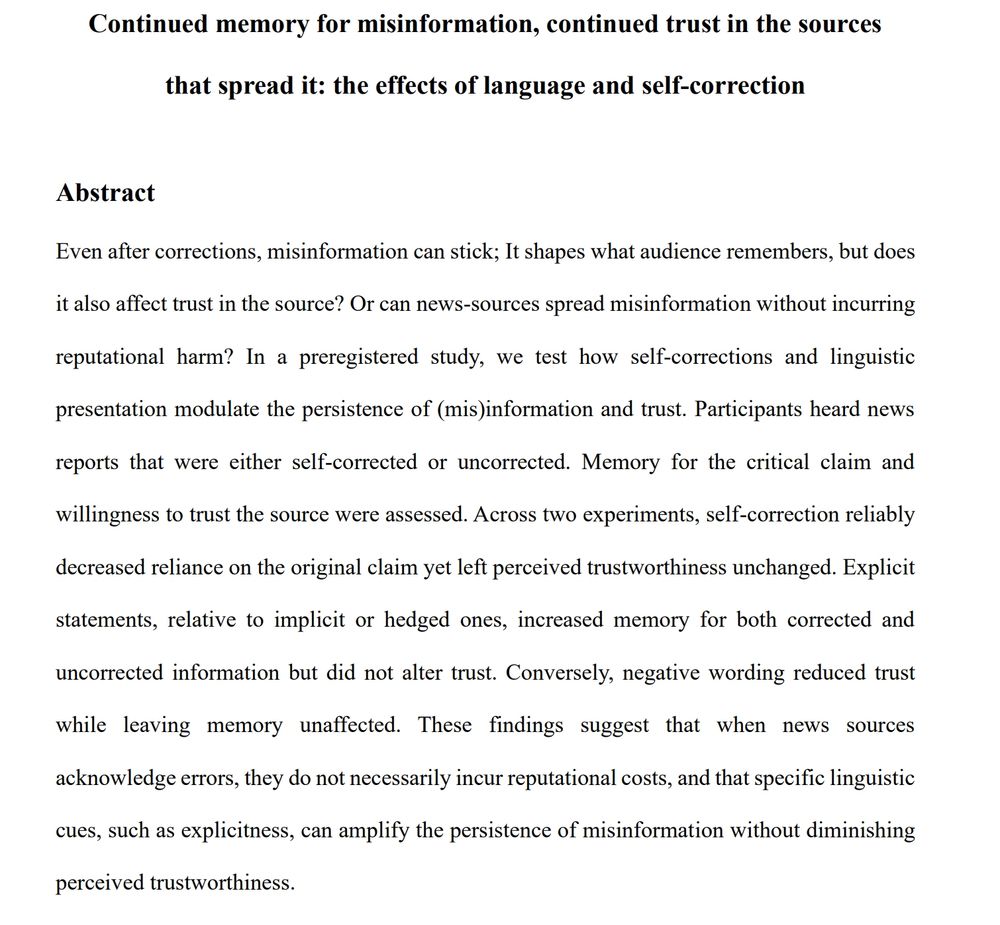
"Continued memory for misinformation, continued trust in the sources that spread it: The effects of language and self-correction".
In my completely unbiased opinion, it’s a very nice and interesting read!
Full paper at: doi.org/10.31234/osf...
We study cases with several meanings (e.g., replying “I’m feeling sick” to “Wanna go to the beach?”). How does being truthful in one meaning, but maybe not another, shape perceived commitment to each meaning and overall trust in a speaker?
doi.org/10.31234/osf...
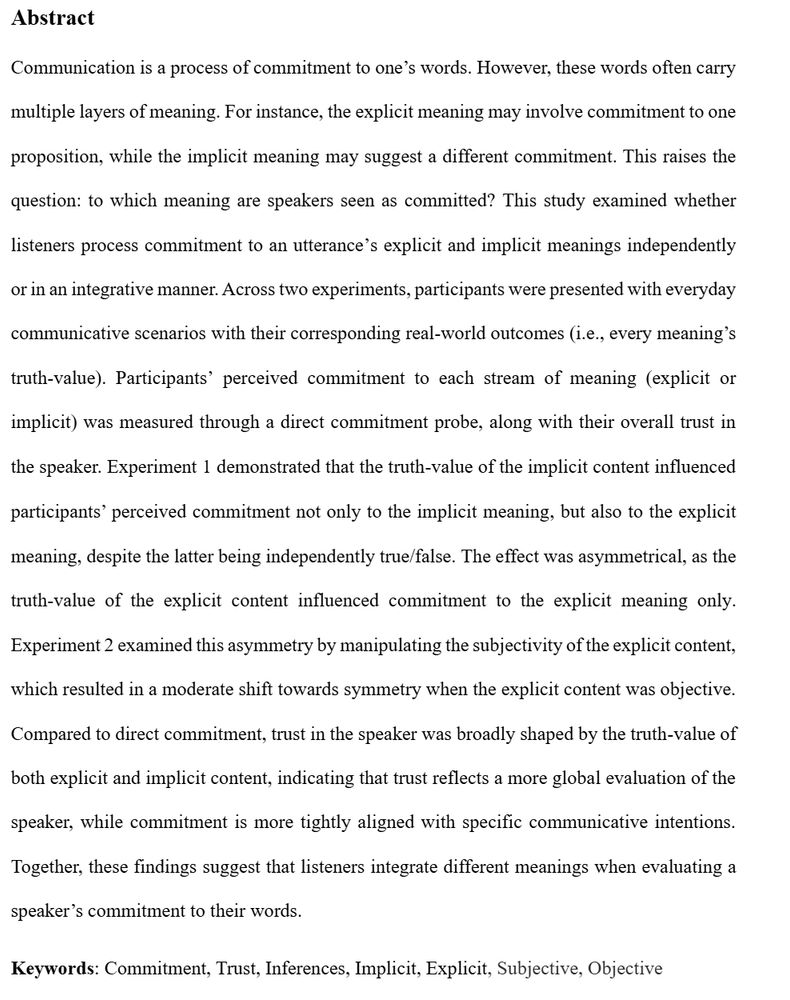
We study cases with several meanings (e.g., replying “I’m feeling sick” to “Wanna go to the beach?”). How does being truthful in one meaning, but maybe not another, shape perceived commitment to each meaning and overall trust in a speaker?
doi.org/10.31234/osf...
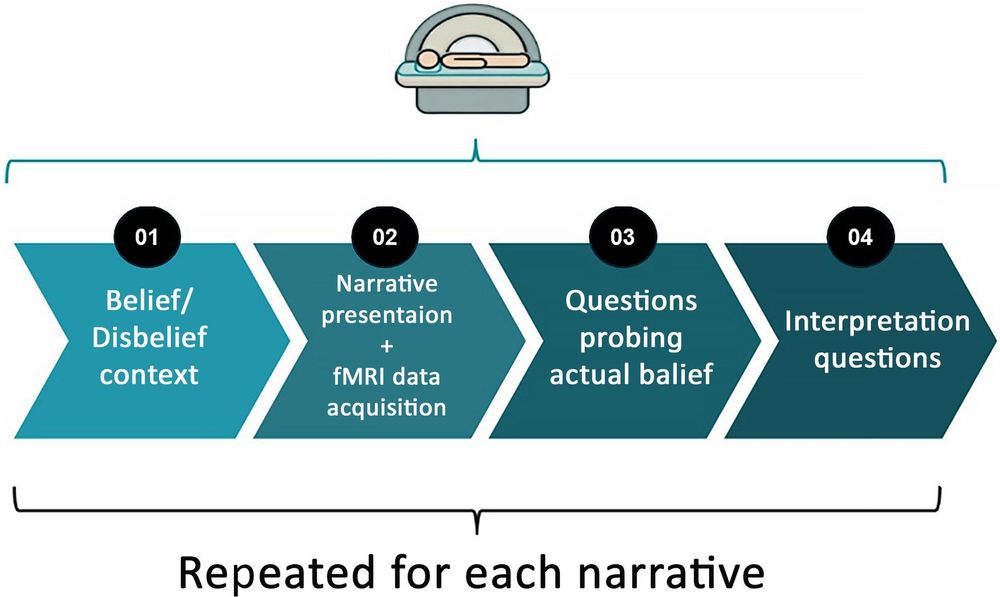
open.substack.com/pub/gabrielb...
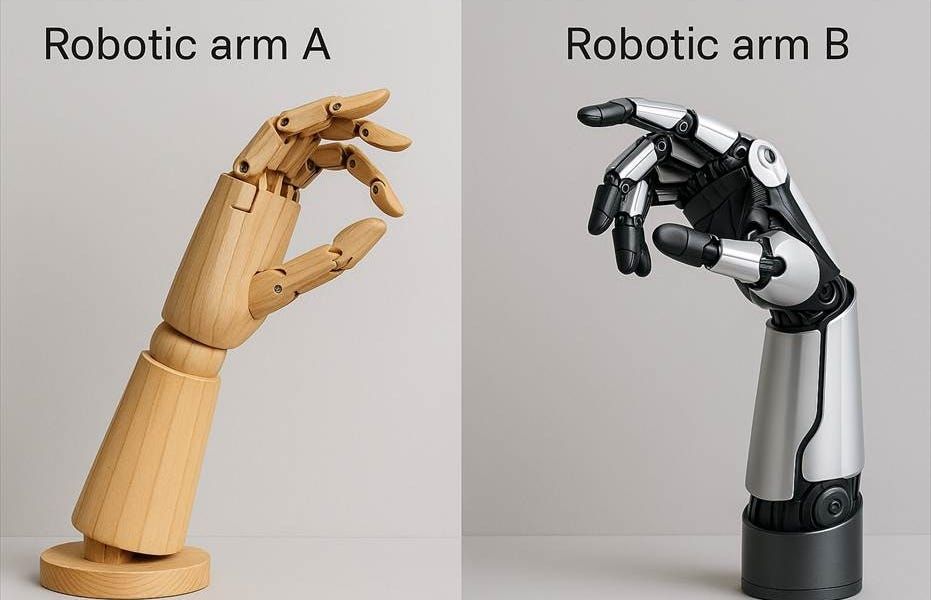
open.substack.com/pub/gabrielb...
open.substack.com/pub/gabrielb...
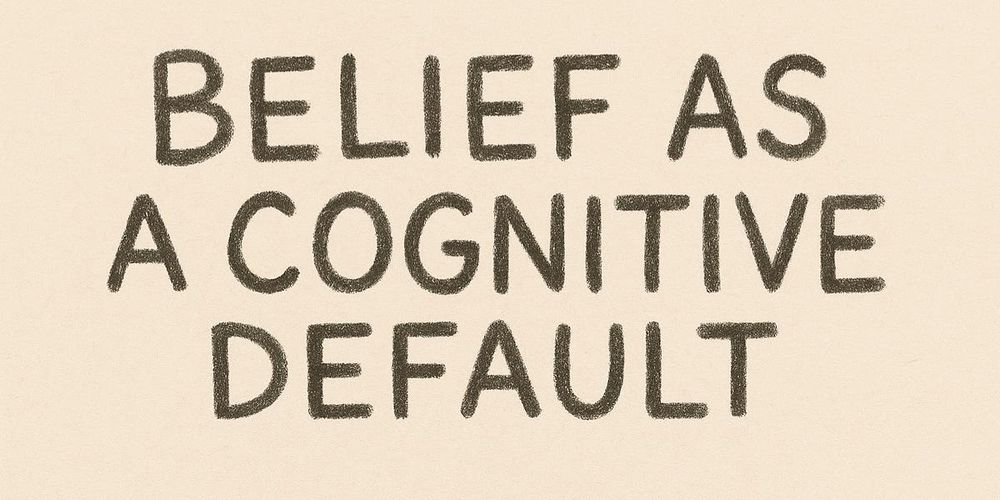
open.substack.com/pub/gabrielb...
We show how belief and disbelief shape narrative processing in the brain, not just as opposites of a continuum, but as distinct effects, including a cool truth/belief bias.
www.pnas.org/doi/10.1073/...

We show how belief and disbelief shape narrative processing in the brain, not just as opposites of a continuum, but as distinct effects, including a cool truth/belief bias.
www.pnas.org/doi/10.1073/...

